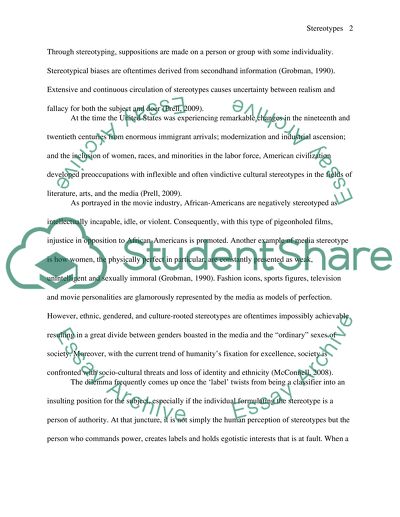Cite this document
(“Sterotypes and Diversity in American Research Paper”, n.d.)
Retrieved from https://studentshare.org/family-consumer-science/1405995-sterotypes-and-diversity-in-american
Retrieved from https://studentshare.org/family-consumer-science/1405995-sterotypes-and-diversity-in-american
(Sterotypes and Diversity in American Research Paper)
https://studentshare.org/family-consumer-science/1405995-sterotypes-and-diversity-in-american.
https://studentshare.org/family-consumer-science/1405995-sterotypes-and-diversity-in-american.
“Sterotypes and Diversity in American Research Paper”, n.d. https://studentshare.org/family-consumer-science/1405995-sterotypes-and-diversity-in-american.


